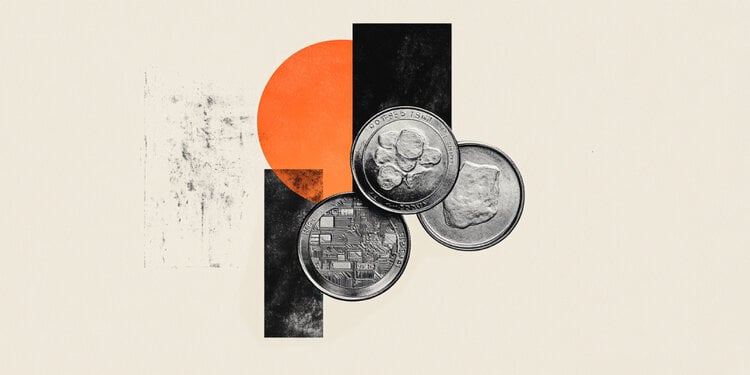One of the greatest symbols of Italy today, the Pizza landed on national soil with Italian immigrants from the South and ended up winning the hearts of Brazilians in a short time.
The round is so important and loved around here that it even won a date to call its own, with the pizza day celebrated on the day July 10 .
The date was established in 1985 after a contest in the state of São Paulo designed by the then secretary of tourism Carlos Luiz de Carvalho, who, at the time, elected the 10 best recipes in São Paulo.
The date then fell into the taste of pizzerias nationwide, which informally adopt the occasion and carry out offers and combos to heat up the trade.
The passion is such that the numbers are surprising: according to United Pizzerias Association of Brazil (APUBRA) Brazil has around 112,000 active pizzerias – a number that considers only companies listed by the activity code (CNAE) and registered with the Federal Revenue.
Of this amount, São Paulo is ahead of the other states: the entity estimates that there are 26,160 pizzerias in all.
A slice of Italy
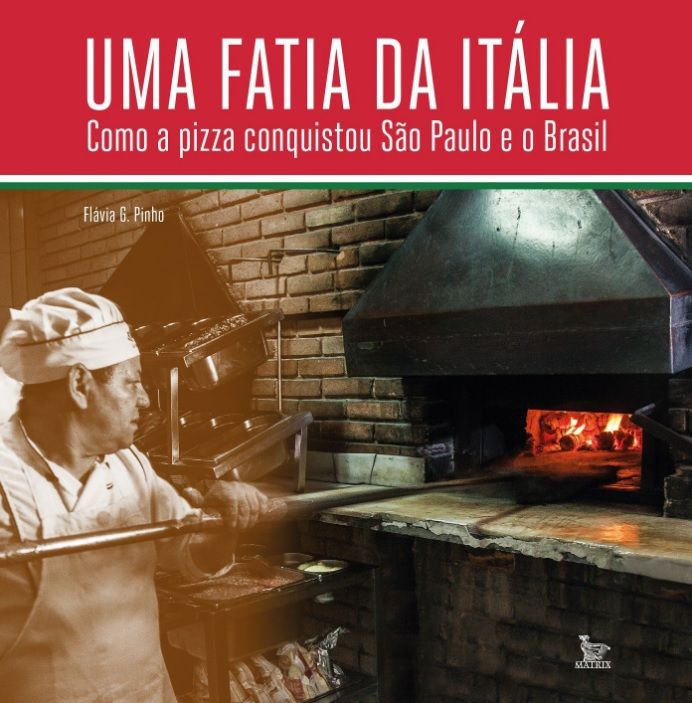
However, even though the round ones are today a symbol of Italian gastronomy, the reality was not always like this. In fact, pizzas ended up becoming popular first precisely in Brazil and then in Italy itself.
In European territory, pizzas were mainly consumed by the poorest sections of the population in the South, especially in Naples and the region.
These and other curiosities that surround pizzas are highlighted in the new book “A slice of Italy”, from the journalist Flavia G. Pinho .
Specialized in gastronomy and researcher in the History of Food, she studied for about three years the arrival of the delicacy on Brazilian soil.
In search of the identity of São Paulo pizza, she came across a scarce bibliography. The references mainly focused on more technical aspects or were self-referential stories of famous pizzerias.
But how did pizza leave Italy, arrive in Brazil and get acclimated here? With the help of pizza chefs, pizzeria owners and heirs of these establishments, the journalist was able to trace a path on this dish in the capital of São Paulo, which later won the heart – and the palate – of the rest of Brazil.
Next, check out some facts about the arrival and popularization of pizza here in conversation with Flávia.
What is the origin of pizza?
In ancient Egypt breads already existed, as well as they began to work with fermentation and the manufacture of ovens. It was in Italy that pizza gained tomato sauce and, thus, began to take on the face we know today.
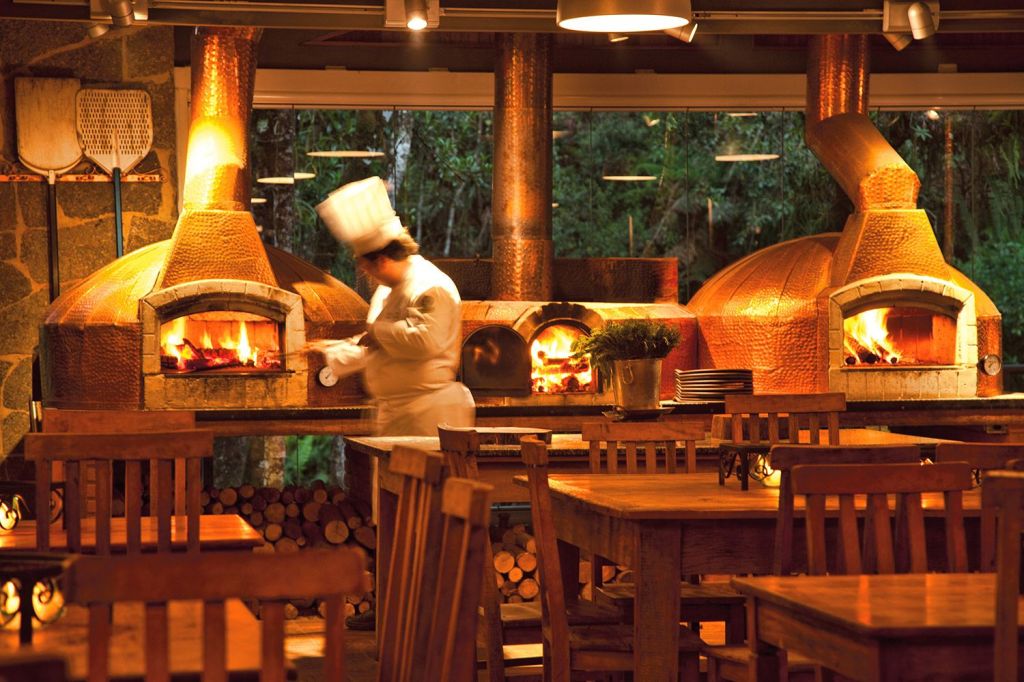
Regional or national?
Pizza in Italy was not a national dish, but a regional one, from the port area of Naples. It was a working class meal, one of the poorest.
They were made in simple discs of pasta with tomato sauce, in which ingredients that were on hand were placed, such as cheeses and dried fish. Thus, they were sold in simple establishments, on stands and even through street vendors.
It had a characteristic of being an easy food to eat with your hand, without cutlery, in transit. To give you an idea, pizza took longer to spread in Italy than in Brazil. It became a national dish in Italian territory long after we already had pizza here in our country.
The pizza in Brazil
It was in this poorer food outfit that she arrived in São Paulo. The second wave of immigrants who arrived in the capital of São Paulo, at the beginning of the 20th century, were from southern Italy, where they ate pizza.
They arrived here and wanted to eat something that reminded them of home. Thus, pizza began to be sold by street vendors and sold at the doors of factories from early in the morning.
It was a cheap food that a little bit the homesickness and only later began to be sold in restaurants and establishments.
The first pizzerias in the country
First, before they reached the pizzerias, the pizzas began to be made in the homes of immigrants. Some scholars relate this to the fact that we eat pizza more at night, since the women of the immigrants made pizzas when the sun went down to gather their friends, because during the day everyone was working.
Informally, this process of making pizza for friends is what may have given rise to small businesses.
The first pizzeria known to exist belonged to an immigrant named Carmino Corvino. He sold these pizzas as a street vendor and it was in 1910 that he opened an establishment.
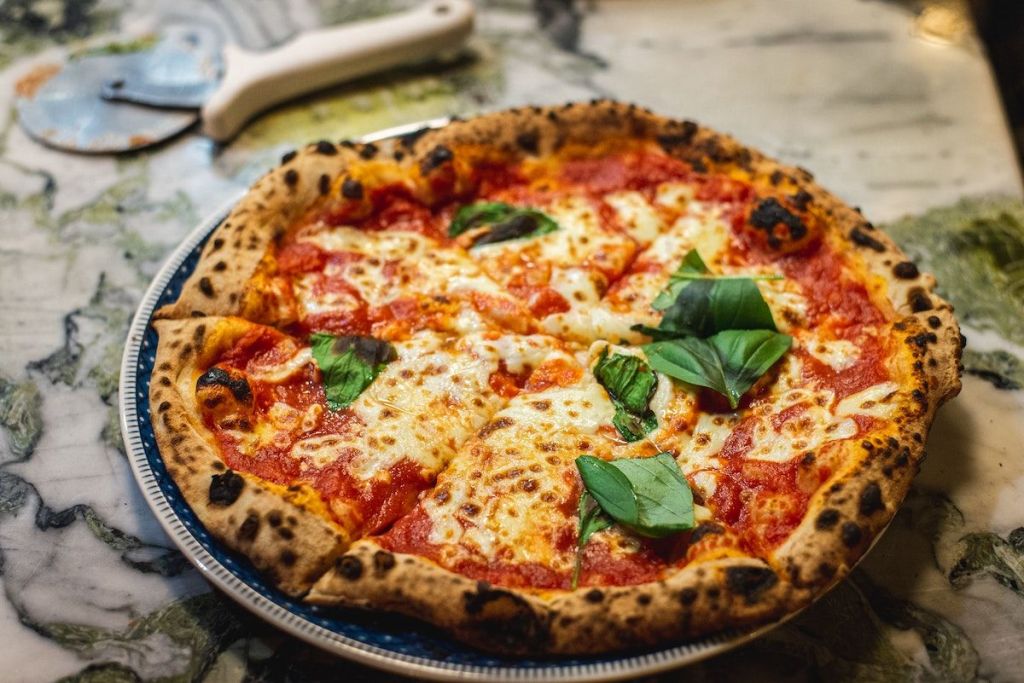
The “Brazilianized” pizzas
Wheat flour was a staple. In my opinion, it was the lack of quality wheat flour, as used in Italy, that generated characteristics of the São Paulo pizza as we know it: with a thin and crunchy crust.
Neapolitan pizza, originally, is fluffy and tall. For that you need a good flour. This in Brazil was impossible at the beginning of the 20th century.
First, because we didn’t have mills. Even after the inauguration of the first mills, the wheat that arrived to make the flour was terrible, and it arrived rancid, old and poorly stored.
In some houses, during the war, when there was a lack of flour, pasta that came ready-made from Italy was even milled so that it could be transformed again into flour and then made pizza.
over coverage
Another characteristic of São Paulo pizza is the excess of topping. There are several theories: there are people who say that in Italy there was a shortage of ingredients in large quantities and here in Brazil there was plenty.
There are people, however, who say the opposite: those who come from a period of lack of war have a culture of non-waste.
There are also theories that say that the owners of pizzerias in São Paulo did not make the pizzas, who put their hands in the dough were the employees. So these employees started to fill them with ingredients according to their own head.
The fact is that pizza with tons of cheese and topping is a characteristic of São Paulo, which ended up becoming a Brazilian characteristic.
Pizza only on Sunday!
In São Paulo, it took on this characteristic of being shared, unlike Neapolitan pizza, which is individual.
This is where we started with this culture of making a large pizza to be placed in the center of the table and eaten with other people. From the moment it becomes food to be shared, it becomes a ritual and is no longer just something to satisfy hunger.
In Naples, even today, we see pizzerias open at any time of the day, where they are sold as a fast food to satisfy hunger.
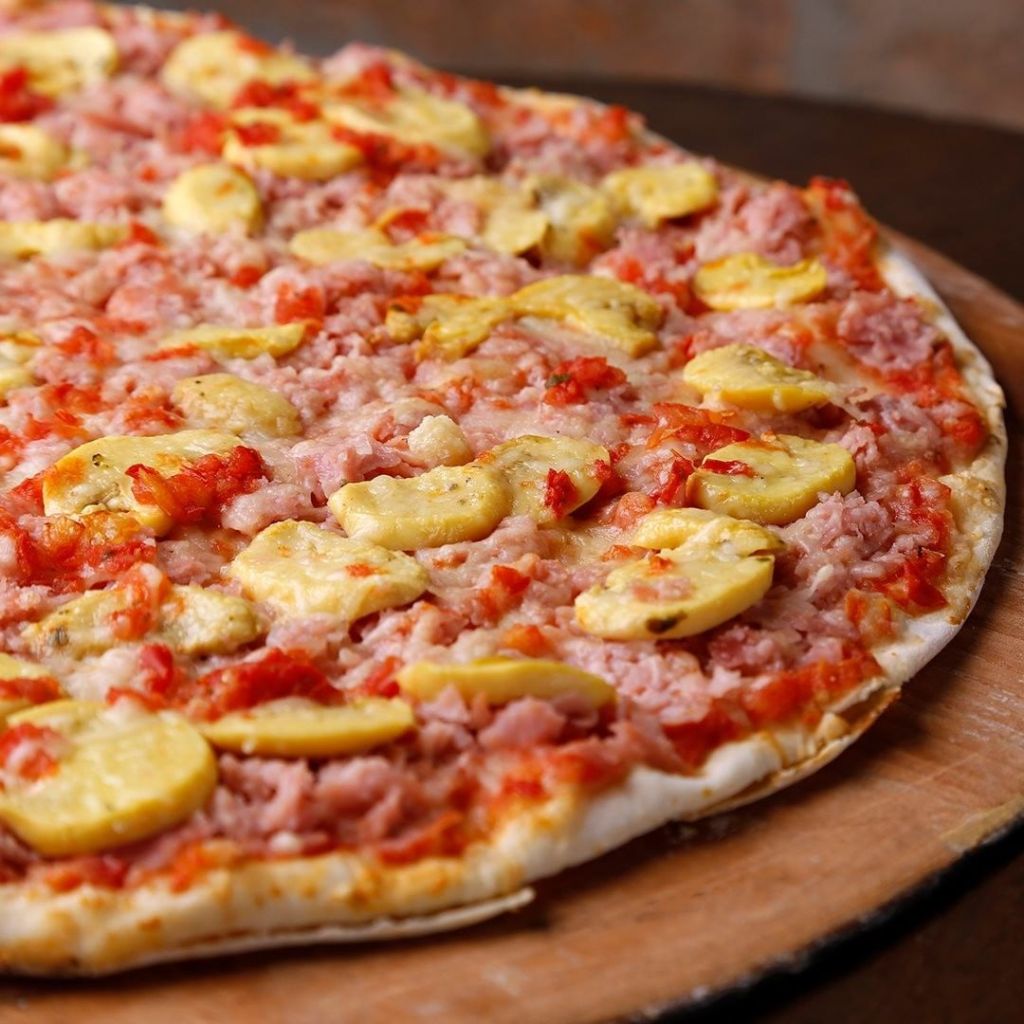
Disk Pizza
The emergence of pizza delivery here coincided with the arrival of the VCR. It was at this time, in the 1980s, that people started to have this more domestic leisure, when they started inviting friends to watch movies at home. That’s when pizza delivery started to become popular.
Pizza with picanha in the south
Pizzas vary at different locations around here. The most striking difference is in Rio Grande do Sul, mainly because it is a state with a lot of Italian immigration but where pizza arrived late.
If you look at the state’s menus, we find a huge amount of pizzas with meat on top, such as picanha and little heart.
In my research, the theory is that the first establishments to sell pizzas in RS were actually steakhouses.
Soon, they functioned as steakhouses for lunch and pizzerias for dinner. Leftovers from lunch then went to pizzas, which generated a culture of meat in rounds.
Why is pizza so loved?
It is an easy food to like and that allows many adaptations. And also because it’s delicious! Know someone who doesn’t like pizza?
Source: CNN Brasil






